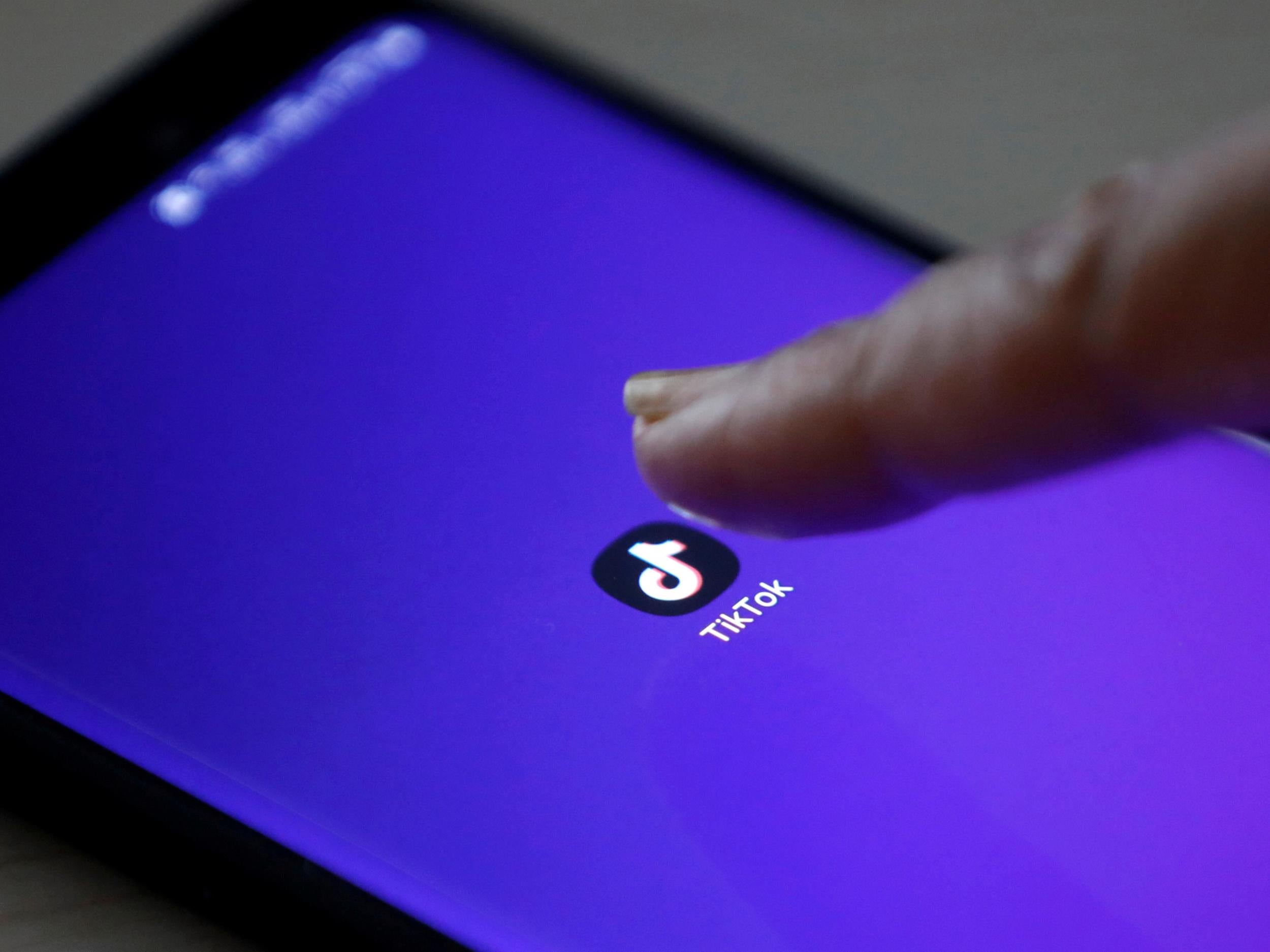Tiktok reveals what videos it removes, with 49 million posts pulled in second half of 2019
The vast majority of videos, TikTok says, were taken down before they received a single view

Your support helps us to tell the story
From reproductive rights to climate change to Big Tech, The Independent is on the ground when the story is developing. Whether it's investigating the financials of Elon Musk's pro-Trump PAC or producing our latest documentary, 'The A Word', which shines a light on the American women fighting for reproductive rights, we know how important it is to parse out the facts from the messaging.
At such a critical moment in US history, we need reporters on the ground. Your donation allows us to keep sending journalists to speak to both sides of the story.
The Independent is trusted by Americans across the entire political spectrum. And unlike many other quality news outlets, we choose not to lock Americans out of our reporting and analysis with paywalls. We believe quality journalism should be available to everyone, paid for by those who can afford it.
Your support makes all the difference.TikTok has removed over 49 million videos in the last six months, according to its transparency report.
Over the second half of the year, the company removed 49,247,689 videos globally, less than 1% of all the videos its users uploaded, for violation of the company’s Community Guidelines and Terms of Service.
In December, over a quarter of the videos were taken down for adult nudity and sexual acts.
Little under a quarter of the videos were removed for “depicting harmful, dangerous, or illegal behaviour by minors” which can include drug use including alcohol as well as more serious issues that require intervention by law enforcement.
Content containing illegal activities and regulated goods made up 21.5 per cent of takedowns, and 15.6 per cent of videos were removed for showing suicide, self-harm, and dangerous acts. However, with regards to the latter, the company says it “primarily” reflects its policy of removing videos of risky challenges.
Of the final videos, 8.6 percent were removed for graphic content, three percent were removed for harassment, and under one percent were removed for hate speech.
The majority of removed videos came from India, with over 16 million removed. TikTok, along with other Chinese apps, has since been pulled from the country due to a border dispute between India and China.
After India, users from the United States had the most number of videos removed (four million), followed by Pakistan, the United Kingdom, and Russia.
India and the United States also made the greatest number of legal requests to have videos taken down, with 291 videos and 78 videos, respectively, removed at the request of each country.
TikTok says that it did not receive legal requests from any government not mentioned on its list, which includes China. The relationship between TikTok and China has been called into question by the US government, which is considering banning the application over national security concerns.
However, while TikTok may not have received requests for data by the Chinese government, it is unclear if this statement is also true for Douyin, the Chinese version of the app launched one year prior to TikTok.
"TikTok is led by an American CEO, with hundreds of employees and key leaders across safety, security, product, and public policy here in the U.S." a TikTok spokesperson told The Independent.
"We have no higher priority than promoting a safe and secure app experience for our users. We have never provided user data to the Chinese government, nor would we do so if asked."
The company differentiates between its Chinese and international version. TikTok does not operate in China, and TikTok user data is stored in the US with backup redundancies in Singapore. It reportedly does not share user data with Douyin.
Douyin is also reportedly more tightly controlled, with content such as cryptocurrency scams absent on the Chinese platform as crypto trading is illegal in the country.
The Independent has reached out to Douyin for clarification.
The number of videos TikTok removes is vastly bigger than other video platforms. YouTube reportedly removed 14.7 million videos over the last six months in 2019.
The United States and India were also the two countries most responsible for videos pulled from YouTube.
TikTok claims that their systems automatically removed 98.2 percent those videos before a user reported them, and 89.4 of videos were taken down before they received any views.
Prior to its transparency report, the company has recently provided more insight into its algorithm – showing users how content was recommended, and the data it uses to push videos into users’ news feeds.
Join our commenting forum
Join thought-provoking conversations, follow other Independent readers and see their replies
Comments